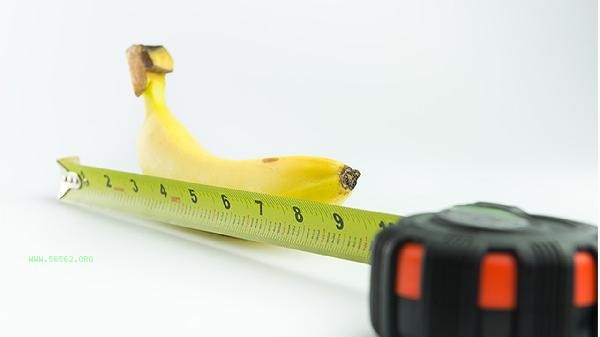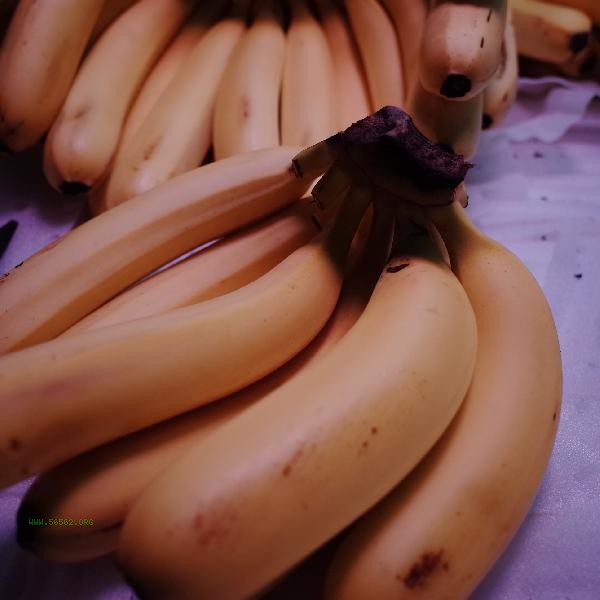Bananas can be quickly ripened through methods such as ethylene ripening, high-temperature storage, fruit mixing, rice burial, and oven heating.

1. Ethylene ripening
seals immature bananas with fruits such as apples or pears that release a large amount of ethylene in plastic bags. Ethylene is a natural plant hormone that can accelerate the conversion of banana starch into sugar. It is recommended to place it in an environment of 20-25 ℃ for 24 hours, avoiding direct sunlight during this period. If black spots appear on the banana skin, it indicates maturity and should be consumed as soon as possible.
2. High temperature storage
An environment of 25-30 ℃ can promote the ethylene synthesis of bananas themselves. Bananas can be placed in a warm place without direct sunlight, such as a kitchen cabinet. High temperature can accelerate the softening of cell walls, but exceeding 35 ℃ may lead to fruit pulp spoilage. Suggest wrapping in newspaper to maintain humidity, checking maturity daily, and transferring to a cool place after maturity. When bananas are stored together with respiratory climacteric fruits such as kiwi and mango, the ethylene and carbon dioxide released by these fruits will form a synergistic ripening effect. Bananas should be placed in the middle layer of the fruit pile, covered with breathable cotton cloth to maintain air circulation. They can usually ripen within 36 hours, but attention should be paid to preventing overripe fermentation.
4. Rice Burial
Embedding bananas in rice can utilize the insulation properties of rice to maintain a stable temperature, while limiting oxygen exposure to slow down banana respiration and make the ripening process more uniform. It is recommended to choose a deep container to completely cover the bananas and check every 6 hours. The ripening speed is twice as fast as at room temperature, but attention should be paid to the possibility of rice absorbing banana moisture.

5. Oven Heating
Heating in an oven at 70 ℃ for 15 minutes can simulate the maturation process of banana cells by thermally disrupting their structure, making it suitable for urgent use. Wrap bananas with tin foil to prevent moisture loss. After baking, the skin will turn black but the flesh will become soft. This method may result in a loss of some vitamin C, and is recommended for cooking scenarios that require ripe bananas, such as baking. When storing bananas in daily life, they can be hung in a well ventilated place to delay ripening. Mature bananas should be consumed as soon as possible or peeled and frozen for storage. Green bananas contain high levels of resistant starch and are suitable for people with blood sugar control to consume in moderation. If long-term storage is required, mature bananas can be made into dried bananas or jam, and enzyme activity can be terminated by high-temperature treatment. When choosing ripening methods, it is necessary to consider the usage scenario and time requirements to avoid excessive ripening and nutrient loss.









Comments (0)
Leave a Comment
No comments yet
Be the first to share your thoughts!